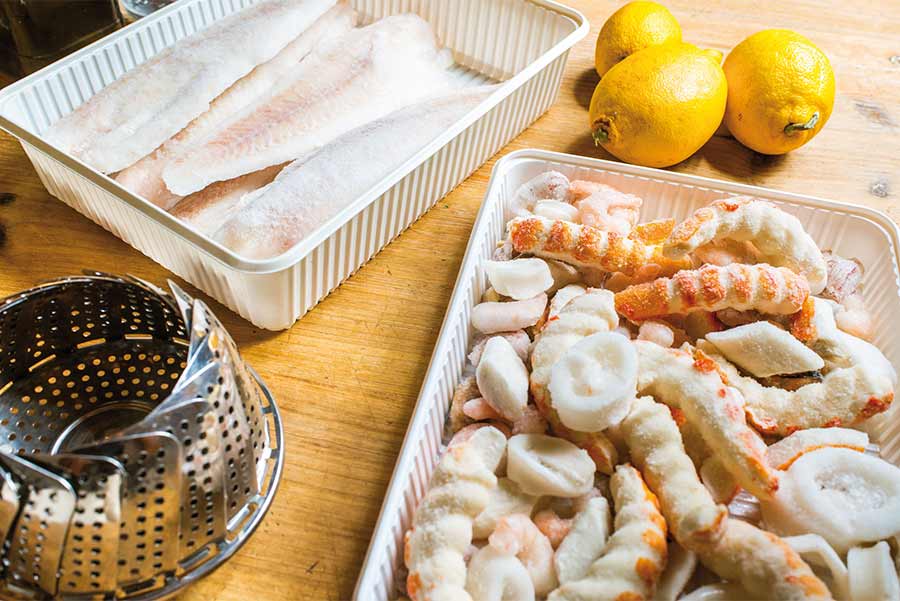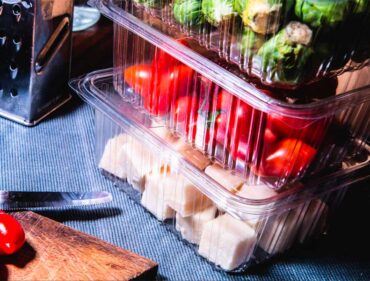Packing and packaging of frozen products: Hot Form’s solutions
Due to the thermal factor, frozen products require special attention during the packaging and packing process. In particular, to preserve the shelf life of frozen foods, packaging requires compliance with certain temperatures.
It is therefore necessary to ensure that frozen products are packaged correctly, with careful attention to the packaging process in order to preserve their organoleptic characteristics.
In this article, we will look at how to package frozen foods correctly, how to guarantee freshness and quality at each logistical stage, and the packaging solutions for frozen products proposed by Hot Form.
Recommended reading: Organoleptic characteristics: what they are and how to preserve them with food packaging
The packaging of frozen Products
The first essential characteristic for the correct storage of frozen products is to maintain the temperature at all stages of storage, transport, and sale. In fact, frozen foods undergo the industrial deep-freezing process, during which the temperature is rapidly reduced to -18°C.
If this frozen food packaging temperature is not respected, rapid product deterioration and bacterial growth may occur.
For this reason, packaging for frozen products must be able to withstand these temperature conditions, provide adequate protection against moisture and high impermeability. In addition, trays for frozen products must prevent any spillage of the contents while preserving quality, freshness, and organoleptic characteristics.
At Hot Form, we produce custom-designed containers, made to measure, and ordered by the customer. Suitable for the food industry, they can be manufactured in OPS, PS, PET, and PP, with or without a barrier, which allows for long life and guarantees quality.
Discover the Hot Form range of containers for frozen products
How to guarantee freshness and quality of frozen food products
Ensuring the freshness and quality of frozen food products means keeping them within the cold chain at each stage of the supply chain, from production to sale.
After being packaged, frozen food products must be stored in special refrigerated warehouses where the temperature is maintained between -25 and -18°C. The same condition must be maintained during the transport of frozen products, using trucks equipped with refrigerated cells and automatic temperature control systems.
Similarly, frozen food products must also be stored in refrigerated warehouses or retail refrigerated counters once they arrive at points of sale and supermarkets. Respect for the cold chain at each stage of the supply chain ensures high standards of safety and quality, extending the shelf life of frozen products.
Packaging of frozen food products: some tips
The handling of frozen products within the cold chain requires, in addition to the use of specialized packaging machines, the choice of appropriate food packaging.
With regard to the packaging of frozen food, there are particularly suitable solutions. For example, there are specially designed flow packs, such as plastic films made of laminated or single-layer polypropylene (PP).
Another suitable material is polyethylene (PE), a non-toxic, lightweight material with high moisture resistance.
At Hot Form, we produce professional packaging for frozen products, with a wide choice of innovative and reliable solutions. Among our proposals you will find plastic films and flow packs that facilitate packaging and guarantee excellent protection to preserve the organoleptic characteristics and shelf life of your frozen food products.
For more information about Hot Form frozen food containers, please contact us. Our team of experts will provide you with comprehensive and timely advice.




